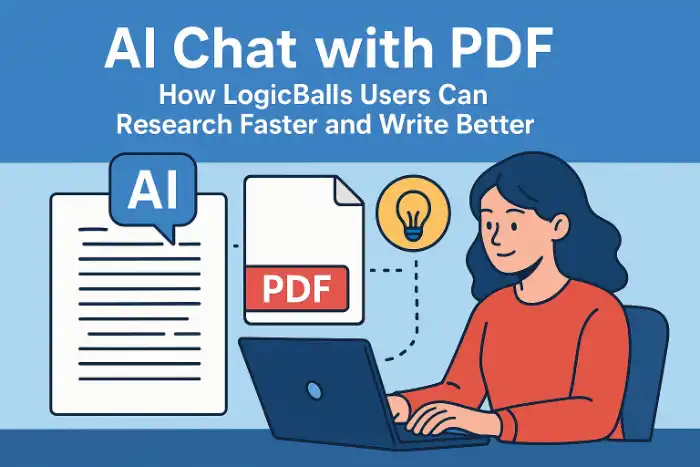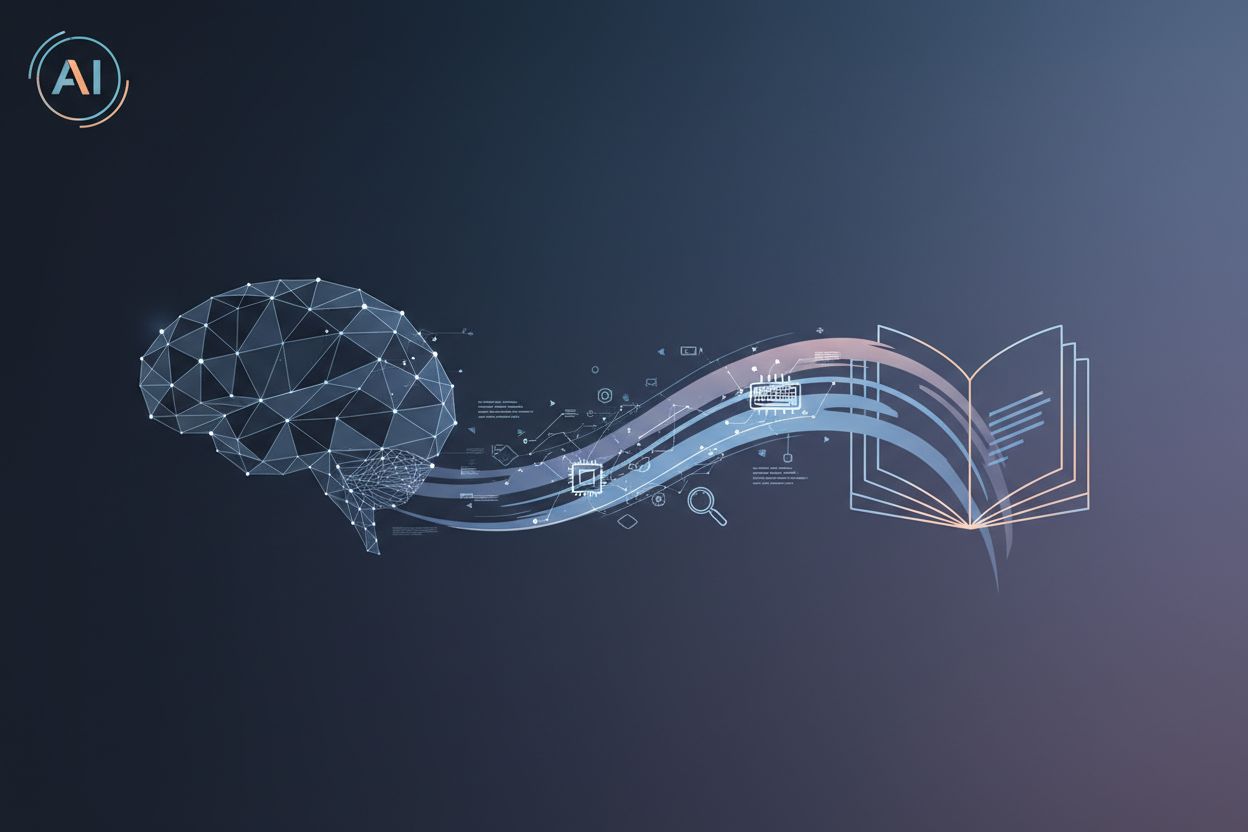Introduction to AI and Language Learning
AI has recently been an intervening factor in numerous disparate industries, and education is included. From adaptive tutoring to intelligent content delivery, AI is reshaping how we interact with language learning. With its ability to handle large amounts of information and adapt to individual learners, AI brings new solutions that significantly enhance the learning process. The concept of AI-based personalized learning paths has gained widespread appeal as a means to cope with the diverse learning abilities and learning styles of students. Unlike the traditional one-size-fits-all, personalized learning leverages AI algorithms to create individualized learning experiences that accurately capture the unique strengths, weaknesses, and interests of every learner. An individualized strategy not only increases participation but also heightens motivation levels, leading to more effective language learning. Knowing English opens for people numerous doors of opportunity, ranging from job promotion to untold riches of information and resources.
How AI Personalizes Learning Experiences
Arguably, the most important learning breakthrough is the application of AI for enriching learning experiences customized to individual students. With vast amounts of data and sophisticated algorithms, AI can conceivably tailor English language learning pathways to meet individual students' requirements.
A. Data Collection and Analysis for Personalized Learning
At the heart of AI-driven personalized learning is a reliable system for data generation and analysis. AI systems collect and interpret data from multiple sources, including learners' interactions with course materials, quiz performance, speaking attempts, and even response time or engagement patterns. By analyzing this data, AI can detect trends in a learner’s strengths and pinpoint areas of difficulty. For instance, if a learner consistently struggles with verb tenses or pronunciation of specific sounds, the AI can adjust the learning path by offering targeted grammar lessons or extra speaking practice. This is particularly effective for those who want to learn English with AI, as the technology enables real-time corrections and contextual feedback—something that traditional learning tools often lack. Advanced AI systems can even assess pronunciation accuracy using speech recognition, guiding learners to improve their accent, rhythm, and intonation through instant feedback and repeat-after-me exercises. This self-adjusting model ensures a more responsive and individualized learning experience, making English acquisition smoother, smarter, and more motivating.
B. Adaptive Learning Systems and Algorithms
Adaptive learning platforms are another important aspect of AI personalization. They employ advanced algorithms to dynamically modify study material based on a student's progress and performance. For example, if a student excels in vocabulary but is weak in speaking, the AI can send extra speaking practice with a steady difficulty in developing vocabulary. This adaptability ensures students are neither bored with too trivial content nor daunted by too elaborate content. The result is a tailored learning experience that evolves as the learner develops, attuned to their interest and retention.
C. Real-Time Feedback and Assessment Mechanisms
Real-time feedback is the key when it comes to personalized learning experiences. Traditional methods of education incorporate lagged feedback on student performance, and this tends to discourage growth and motivation. AI-based platforms can provide immediate feedback on exercises and tests so students can identify their mistakes and correct them in real time. This real-time feedback loop enhances learning outcomes as well as constructs learning holophrastic ownership among students, instilling autonomy and motivation. By utilizing the power of AI, educators are able to construct a more inclusive and effective language acquisition environment that prepares students for success in an increasingly interconnected world.
Tools and Resources for AI-Driven English Learning
With development in artificial intelligence incorporation into language learning, various tools and resources have been created to develop personalized English learning experiences. These advancements enhance the efficiency of language learning while addressing the individual needs of the learner.
A. Well-known AI-Based Language Learning Apps
Some of the AI-based applications have become highly popular in the field of English language learning, each having some specific features that suit different learning styles. 1. Promova: Designed for one-to-one and interactive learning, Promova uses AI to deliver personalized lesson plans, real-time pronunciation correction, and interactive role-play conversation. Its speech recognition technology analyzes pronunciation skill and gives feedback with real-time corrections, making it very effective for establishing speaking confidence. The software also uses NLP and adaptive algorithms to realign content based on performance, and AI conversation partners simulate authentic situations to allow learners to practice fluency in a comfortable environment. 2. Babbel: Specialized in speaking skills, Babbel employs speech recognition software to offer immediate pronunciation feedback. The ability is especially helpful for learners who want to enhance their speaking skills since it enables instant correction and strengthening. 3. Rosetta Stone: Commended for its engaging approach to learning, Rosetta Stone relies on AI to assess learners' progress and adjust lessons accordingly. The platform emphasizes context-based learning, presenting users with real-life scenarios that enhance understanding and memorability. 4. Busuu: With a social model, Busuu integrates AI with social interaction by allowing learners to practice with native speakers. The AI of the platform evaluates writing and speaking exercises, giving positive feedback that helps learners improve over time. These apps demonstrate how AI can enhance language learning to be more engaging and effective, providing individualized experiences that meet the individual aims of learners.
B. Integrating AI Tools in Traditional Learning Environments
While AI applications are largely available, integrating them with traditional classroom learning can add further value. Educators may employ AI tools in various ways: 1. Supplemental Learning: Teachers can recommend specific AI-based tools to be used as supplements to classroom learning. Language learning apps, for instance, can be employed by students for homework or out-of-classroom training to support what is learned in classroom instruction. 2. Individualized Learning Plans: AI applications can be employed by teachers in order to develop individualized learning plans for children based on their strengths and weaknesses. This helps teachers provide specialized support so that each student progresses at his or her own pace. 3. Data-Driven Insights: AI software is likely to have analytics that will allow teachers to track student performance and identify areas of improvement. Through analysis of this data, teachers are in a position to adjust teaching approaches and content to better meet the needs of their students. Embedding AI into traditional learning facilities does not only enhance the learning process but also introduce students to a tech-savvy world.
C. Future Trends in AI and Language Learning Technology
The future of AI in language learning is very promising and will further individualize and enhance learning. Some of the trends on the horizon are: 1. Sophisticated Natural Language Processing (NLP): With emerging technology in NLP, AI will be more effective at understanding context, idioms, and nuances of language. This will make it possible for more sophisticated interactions between language learners and AI-powered platforms, facilitating more advanced conversation practice. 2. Virtual Reality (VR) and Augmented Reality (AR): The combination of VR and AR technology in language learning could provide real-world simulations of dialogues and cultural exchange, thereby enhancing learning to be more interactive and effective. 3. AI Tutors: AI-driven virtual tutors to impart one-on-one teaching and mentoring are around the corner. These tutors would utilize data analytics to adjust teaching methods in real time, offering customized lessons catering to each student's needs. 4. Collaborative Learning Spaces: Future AI technology will be directed towards collaboration among students to hone language skills through group discussion and collaboration, thus a feeling of community in the acquisition of skills.
Conclusion and Future Directions
The benefits of AI in this scenario are vast, giving each student individualized learning experiences tailored to their level of proficiency, desire, and need. By employing data collection and dynamic algorithms, the student can be offered personalized content and feedback in real-time, essentially enhancing the process of language learning. Overall, language learning using AI is not merely a fashion but a paradigm shift that will redefine the way we learn and teach English. As we move forward, embracing AI-driven personalized learning tracks will allow learners to achieve their language dreams and position them for global success.



